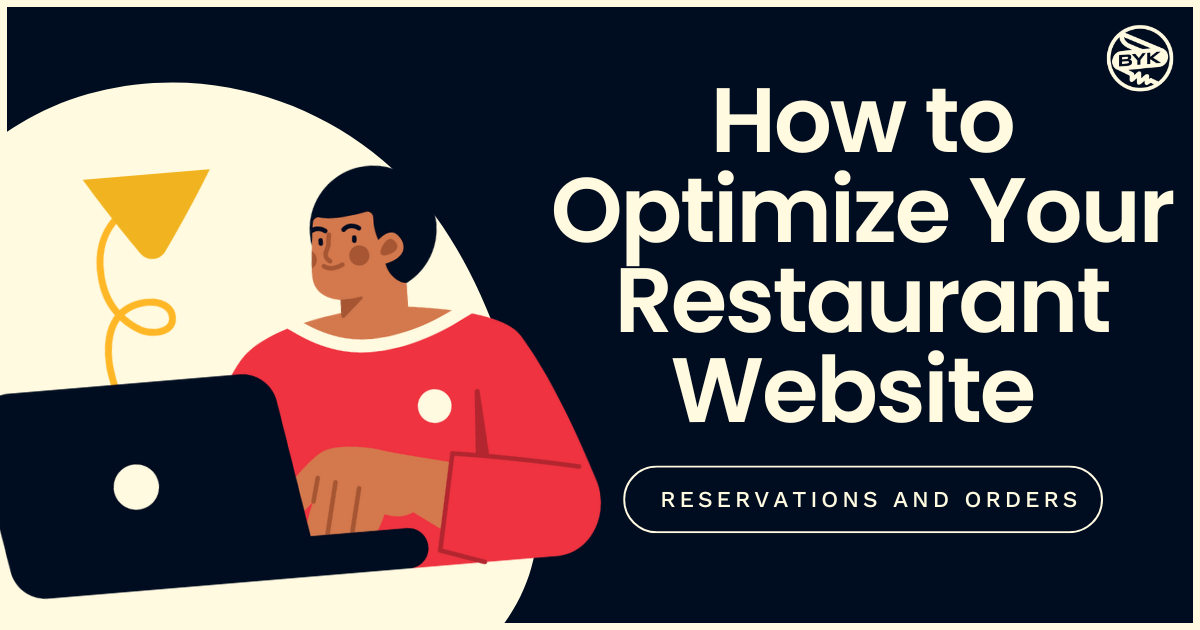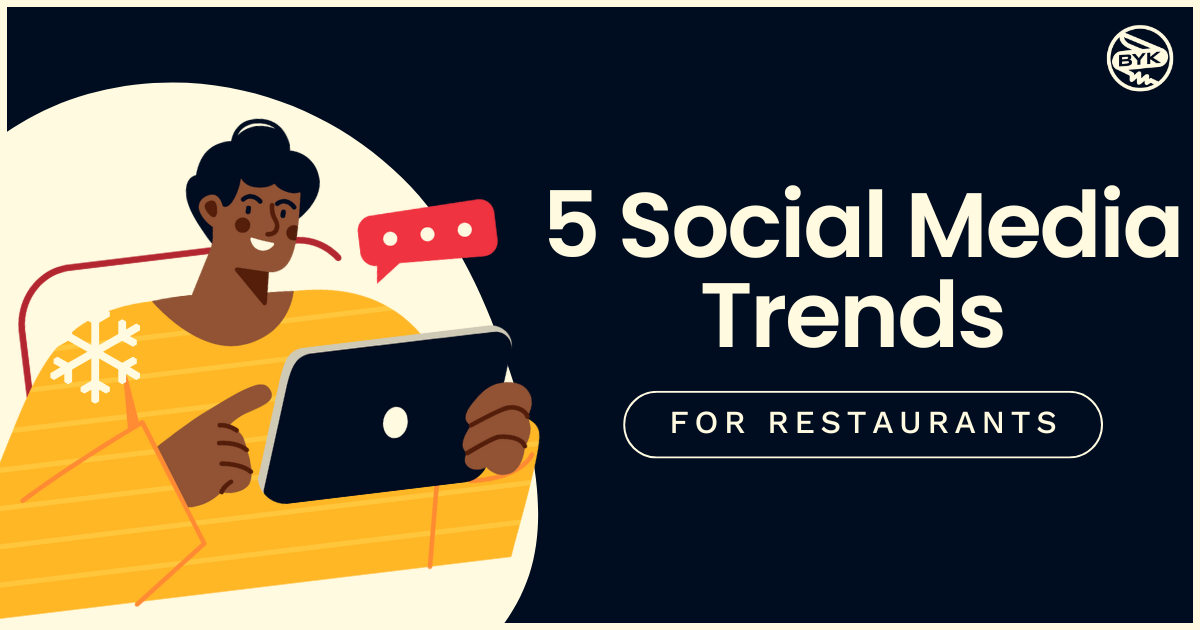The Why:
Should I start a blog for my business?
Yes, we think you should! Maybe you feel that writing isn’t worth your time; but chances are, it’s well worth the effort. When you commit to a blog, you commit to an audience, and then an audience commits to you.
Part of your business’ goal should be visibility for your website, which means that you need a good ranking on Google when people search for your keywords. Yes, we’re talking about search engine optimization (SEO). To have great SEO, you need to stay active. Blogging is an incredibly valuable way to keep your website progressive, and thus boost your SEO.
Whenever you produce fresh content, you signal to Google that your website is a living, breathing creation. If you have little to no reason to provide content updates to your website, you will appear less relevant, appealing, and trustworthy. Posting new content through blogging can influence your Google ranking because the content will give search engines more opportunities to index your website.
Also, Google factors in dwell time and will favor your website when it sees people are staying longer. You have the opportunity to put out compelling information that is relevant to your brand and provides value to your customer. This will keep them on your blog page longer, and likely spark curiosity to browse the rest of your website.
The When:
How Often Should I Post?
You should post as often as it’s possible to produce the best content possible. Do not just post for the sake of volume; Google will figure out that your content is unworthy of ranking. Post for quality. Pace yourself. If two to three times a month is the limit for creating content that meaningfully engages your audience, then set that standard and stick with it.
The When:
How Often Should I Post?
No, not exactly. You should write content that is unique, and most importantly, valuable to your audience or customers. Perhaps your post provides an answer to a common query for which you have expertise. Perhaps it is simply an entertaining message that keeps people engaged and in-the-know about your business. Whatever the post is, you should thoughtfully compose the paragraphs and commit to benefiting your readers.
For example, our client Clementine’s Naughty or Nice Creamery frequently posts about new or returning ice cream flavors. Posting about this topic allows them to keep their website fresh and active, while providing customers or potential customers with important information. Maybe someone has never been to Clementine’s, or hasn’t been for a long time; but when they see a blog post about Peppermint Bark flavored ice cream, they skip all the way to the nearest location for a scoop.
The How:
Some Simple SEO Advice.
There are many guidelines when it comes to SEO, but we’ll briefly cover keywords here. First of all, you should use long-tail keywords, rather than short-tail, to grow your business organically. A short-tail keyword is only one or two words; although they may garner more searches, they have a ton of competition when it comes to ranking on Google, most likely requiring money to promote. A long-tail keyword has three or more words, and can more specifically target your ideal reader. Since long-tail keywords are more targeted, they have less competition; therefore, your blog post will rank higher. Once you find the best long-tail keyword, one that you’ve found people are searching for, using it in your headline will ensure people will find it, and using it within the first paragraph ensures it will appear in your meta description on Google. You will also want to optimize the images of your post by using your keyword to name your files, with hyphens separating the words. Google crawlers do not read images, they read text; so make sure they can interpret your images and the value they hold.
The When (Again):
When will you start seeing results? There’s no exact answer, and you probably won’t see immediate traffic when you start your blog. But keep up with it. When you make the effort to connect with your audience and prove your relevance, you will reap the results.




